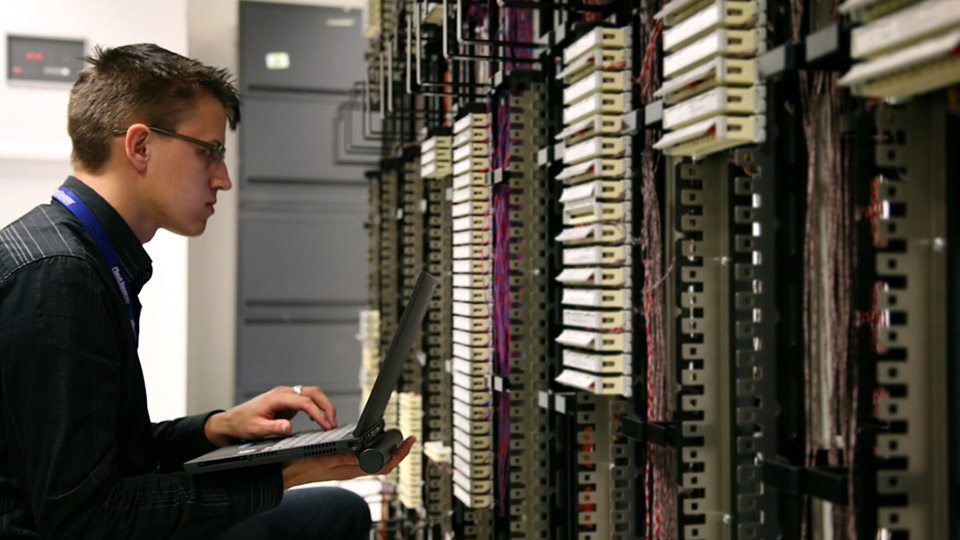As a service provider and integrator, we integrate various types of on-board terminals adapted to the activities and needs of our customers, enabling us to collect and transmit field information. These on-board boxes can also be used to interface with electronic equipment in vehicles and transmit results from them by means of various sensors.

Sensors
Our terminals can be used to connect a large number of external sensors, with specific functions for each solution offered:
- Temperature (for refrigerated transportation in particular, in compliance with EN 12830 certification)
- Doors (detection of opening and closing)
- Three-axis acceleration (crashlog)
- Movement (travelling / stopped)
- Remote immobilisation
- Rotation (cement mixer trucks)
- Sound (passive listening)
- RFID reader (identification of bins, for example)
- Driver identification by Dallas or RFID badge
- Temperature and tyre pressure (TPMS):
The TPMS (Tyre Pressure Monitoring System) is an automatic control system which can be used to check pressure and replace tyres (up to 12 wheel units) and can be combined with CANBus EBS data. We provide a status report for the connection between the trailers and our system.
Using TPMS, you can monitor the condition of your tyres and schedule their maintenance between two trips. This is an effective way of keeping your vehicles and their wheels in perfect working order and preventing, for example, slow punctures and related accidents.

Connection to on-board electronic systems
For global processing of our customers’ data, we connect to the on-board electronic equipment present on various types of vehicles, in order to transmit and exploit information:
- Analogue connections (probes, sensors integrated in the vehicles)
- Weight sensors (on axles, weights lifted by tool arms)
- Digital connections (CAN Bus, FMS, OBD, EBS, proprietary systems):
- CAN Bus: This involves connecting a large number of microcontrollers to the same wire (a bus) so that they can communicate with each other.
CAN stands for ‘Controller Area Network’. This is a protocol which standardises exchanges on this data bus, thereby enabling the transmission of diverse and varied information.
- FMS: The fleet management system is an overlayer of the CAN. This protocol standardises various items of information, fuel information in particular. It uses the CAN to transmit HGV information such as: fuel consumption, engine condition, speed controller status, engine temperature, driver identification, etc.
- OBD: The ‘on-board diagnostics’ system offers the same functions as the FMS, but applied to light vehicles. This provides electronic diagnostics via the CAN bus.
- EBS: This enables us to collect information from trailers, as well as braking alerts and information. Once these items of information have been retrieved, we combine them with our own data in order to analyse them.
- Vehicle condition (battery voltage, engine speed, alarms)
- Fuel (level and consumption)

